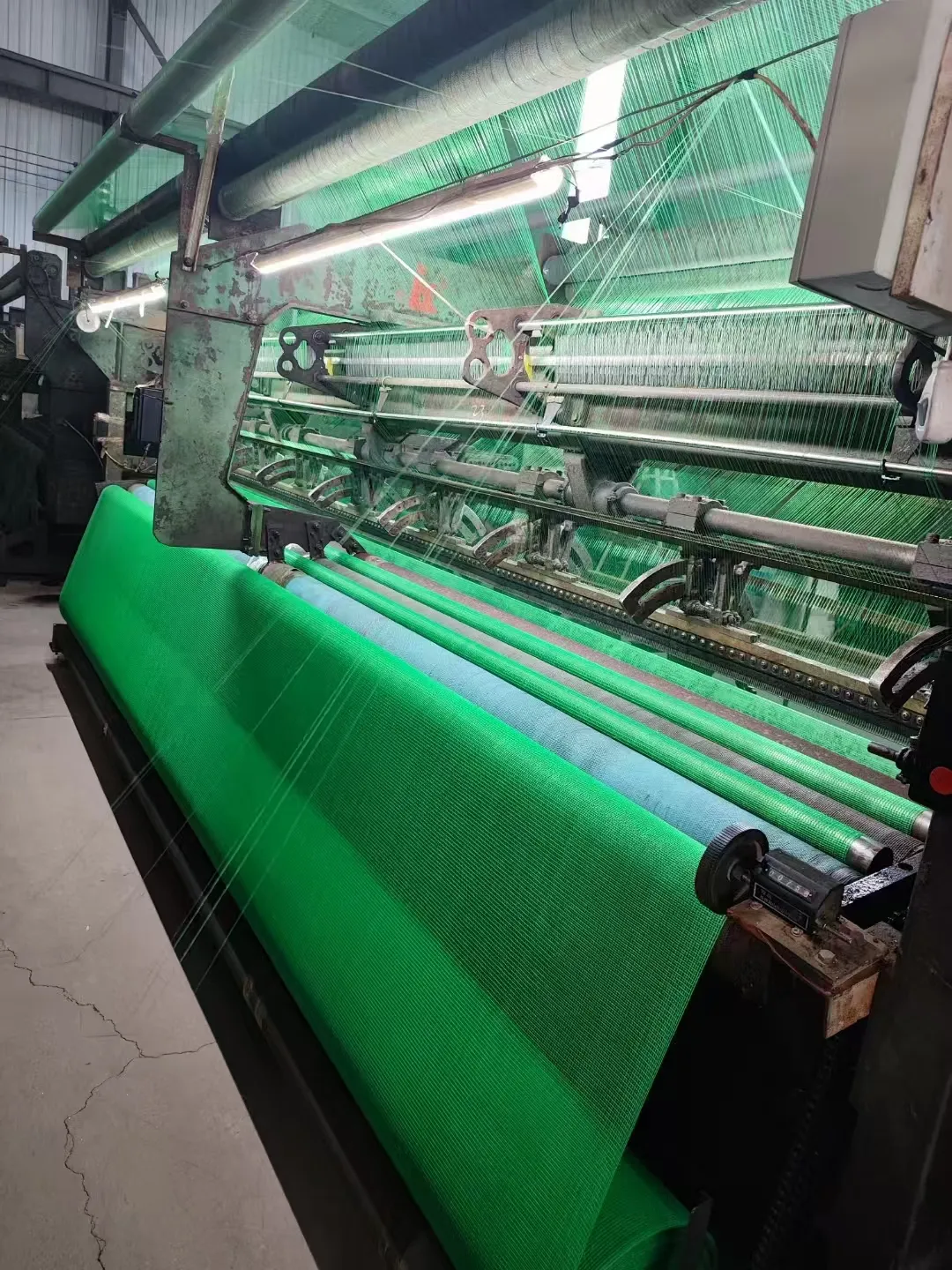-
 Afrikaans
Afrikaans -
 Albanian
Albanian -
 Amharic
Amharic -
 Arabic
Arabic -
 Armenian
Armenian -
 Azerbaijani
Azerbaijani -
 Basque
Basque -
 Belarusian
Belarusian -
 Bengali
Bengali -
 Bosnian
Bosnian -
 Bulgarian
Bulgarian -
 Catalan
Catalan -
 Cebuano
Cebuano -
 China
China -
 Corsican
Corsican -
 Croatian
Croatian -
 Czech
Czech -
 Danish
Danish -
 Dutch
Dutch -
 English
English -
 Esperanto
Esperanto -
 Estonian
Estonian -
 Finnish
Finnish -
 French
French -
 Frisian
Frisian -
 Galician
Galician -
 Georgian
Georgian -
 German
German -
 Greek
Greek -
 Gujarati
Gujarati -
 Haitian Creole
Haitian Creole -
 hausa
hausa -
 hawaiian
hawaiian -
 Hebrew
Hebrew -
 Hindi
Hindi -
 Miao
Miao -
 Hungarian
Hungarian -
 Icelandic
Icelandic -
 igbo
igbo -
 Indonesian
Indonesian -
 irish
irish -
 Italian
Italian -
 Japanese
Japanese -
 Javanese
Javanese -
 Kannada
Kannada -
 kazakh
kazakh -
 Khmer
Khmer -
 Rwandese
Rwandese -
 Korean
Korean -
 Kurdish
Kurdish -
 Kyrgyz
Kyrgyz -
 Lao
Lao -
 Latin
Latin -
 Latvian
Latvian -
 Lithuanian
Lithuanian -
 Luxembourgish
Luxembourgish -
 Macedonian
Macedonian -
 Malgashi
Malgashi -
 Malay
Malay -
 Malayalam
Malayalam -
 Maltese
Maltese -
 Maori
Maori -
 Marathi
Marathi -
 Mongolian
Mongolian -
 Myanmar
Myanmar -
 Nepali
Nepali -
 Norwegian
Norwegian -
 Norwegian
Norwegian -
 Occitan
Occitan -
 Pashto
Pashto -
 Persian
Persian -
 Polish
Polish -
 Portuguese
Portuguese -
 Punjabi
Punjabi -
 Romanian
Romanian -
 Russian
Russian -
 Samoan
Samoan -
 Scottish Gaelic
Scottish Gaelic -
 Serbian
Serbian -
 Sesotho
Sesotho -
 Shona
Shona -
 Sindhi
Sindhi -
 Sinhala
Sinhala -
 Slovak
Slovak -
 Slovenian
Slovenian -
 Somali
Somali -
 Spanish
Spanish -
 Sundanese
Sundanese -
 Swahili
Swahili -
 Swedish
Swedish -
 Tagalog
Tagalog -
 Tajik
Tajik -
 Tamil
Tamil -
 Tatar
Tatar -
 Telugu
Telugu -
 Thai
Thai -
 Turkish
Turkish -
 Turkmen
Turkmen -
 Ukrainian
Ukrainian -
 Urdu
Urdu -
 Uighur
Uighur -
 Uzbek
Uzbek -
 Vietnamese
Vietnamese -
 Welsh
Welsh -
 Bantu
Bantu -
 Yiddish
Yiddish -
 Yoruba
Yoruba -
 Zulu
Zulu
agriculture shade net
The Significance of Agriculture Shade Nets in Modern Farming
In recent years, the agricultural sector has increasingly embraced innovative solutions to enhance crop yields and protect plants from environmental stresses. One such advancement is the use of agriculture shade nets, a versatile tool that has revolutionized farming practices, especially in regions with extreme weather conditions.
Shade nets, typically made from woven polyethylene or similar materials, offer a protective barrier against excessive sunlight, wind, and pests. By reducing the intensity of direct sunlight, these nets prevent overheating and sunburn in plants, which can lead to reduced growth and lower crop outputs. This is particularly important in areas where crops are vulnerable to intense solar radiation and high temperatures, as the shade provided by these nets can significantly mitigate heat stress.
Moreover, agriculture shade nets play a crucial role in water conservation. In many agricultural systems, evaporation can lead to substantial water loss, adversely affecting irrigation efficiency. By providing shade, these nets help to maintain cooler soil temperatures and reduce evaporation rates, ensuring that water remains available for crops for longer periods. This not only enhances water efficiency but also contributes to sustainable farming practices, which are essential in the face of global water scarcity.
agriculture shade net

In addition to temperature regulation and water conservation, shade nets also offer protection from pests and diseases. By creating a physical barrier, these nets can deter insects and prevent birds from feasting on ripe fruits and vegetables. This reduction in pest pressure often leads to a decrease in the reliance on chemical pesticides, promoting a healthier agro-ecosystem.
The versatility of agriculture shade nets extends beyond their protective qualities. They can be used in various farming systems, including vegetable cultivation, fruit orchards, and flower production. Different types of shade nets are available, with varying degrees of shading (ranging from 30% to 90%) to suit different crop needs and environmental conditions.
In conclusion, agriculture shade nets represent a crucial tool in modern farming, providing a multifaceted approach to enhancing productivity and sustainability. As climate change continues to pose challenges to agricultural systems worldwide, the adoption of shade nets can help farmers adapt to changing conditions, ensuring food security and promoting environmentally responsible practices. Investing in these innovative solutions not only benefits individual farmers but also contributes to the broader goal of sustainable agriculture.
-
Shipping Plastic Bags for Every NeedNewsJul.24,2025
-
Safety Netting: Your Shield in ConstructionNewsJul.24,2025
-
Plastic Mesh Netting for Everyday UseNewsJul.24,2025
-
Nylon Netting for Every UseNewsJul.24,2025
-
Mesh Breeder Box for Fish TanksNewsJul.24,2025
-
Expanded Steel Mesh Offers Durable VersatilityNewsJul.24,2025











